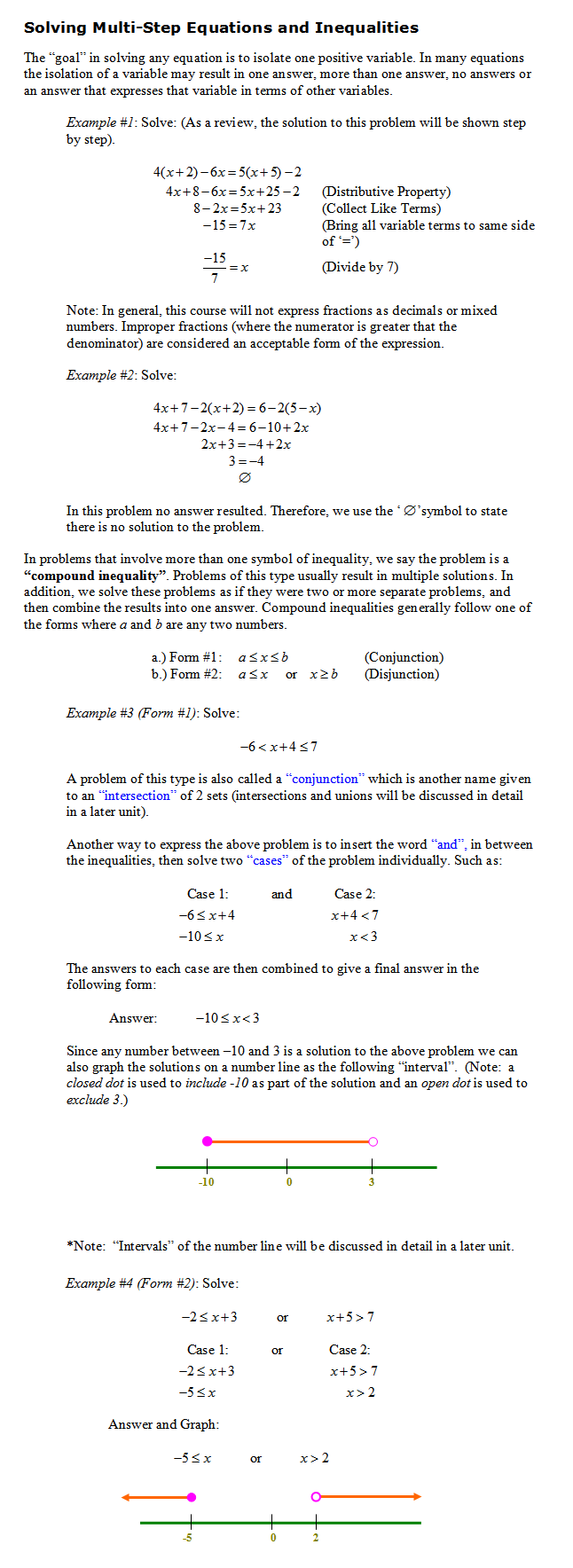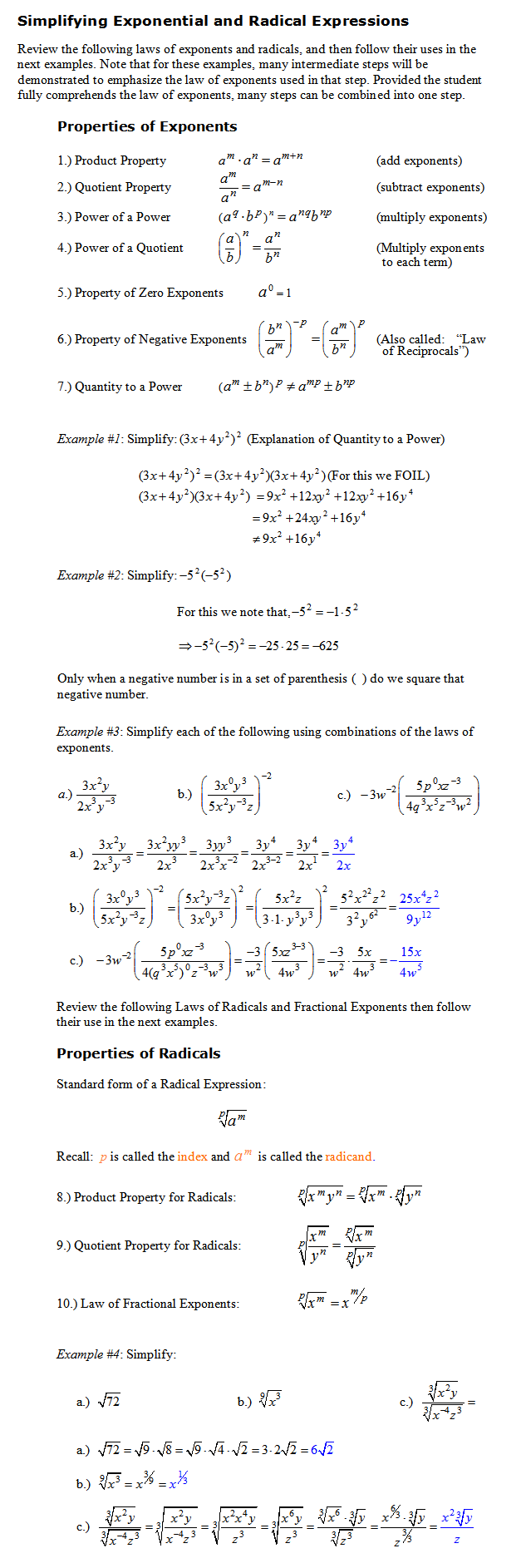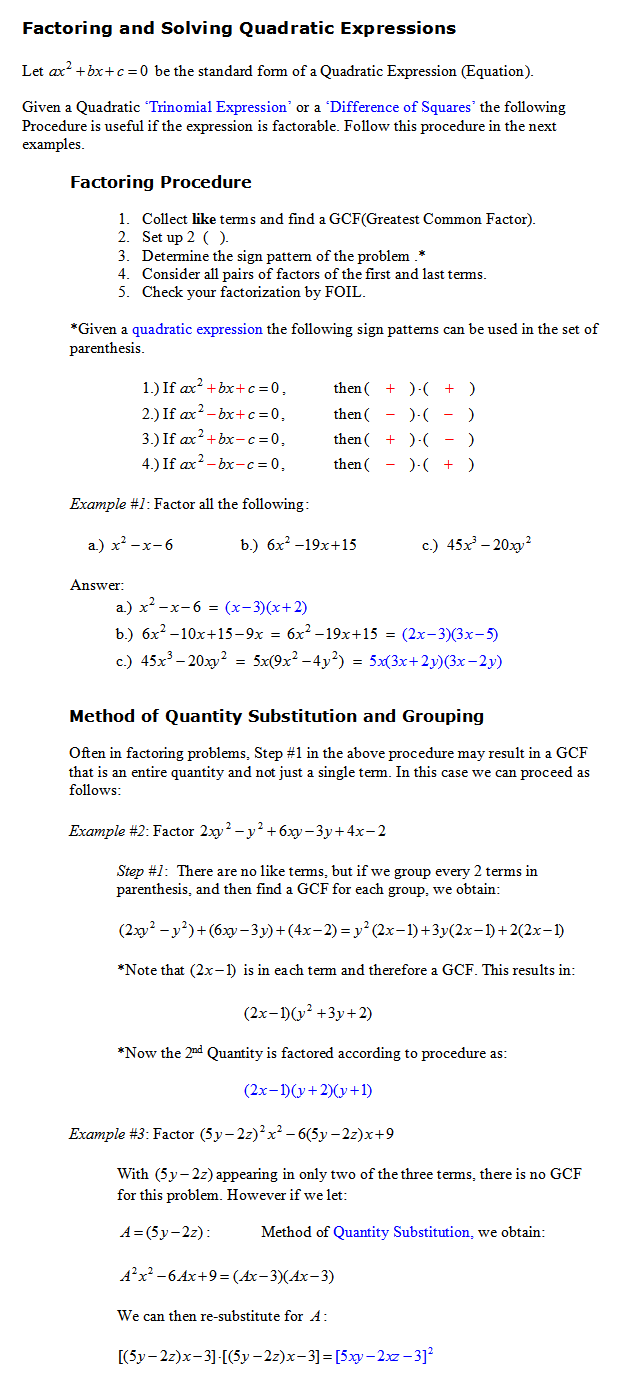



In this course students will
explore pre-calculus topics. Students determine what properties hold for
operations with complex numbers. They
apply combinations as a method to create coefficients for the Binomial Theorem;
solve problems involving derived measurements; use radian measures to solve
problems involving angular velocity and acceleration; apply informal concepts
of successive approximation, upper and lower bounds, and limits in measurement situations.
Students use matrices to represent translations, reflections, rotations,
dilations, and their compositions; derive and apply the basic trigonometric
identities; relate graphical and algebraic representations of lines, simple
curves, and conic sections. Students recognize and compare specific shapes and
properties in multiple geometries; analyze the behavior of arithmetic and
geometric sequences and series as the number of terms increases; translate
between the numeric and symbolic form of a sequence or series. They describe
and compare the characteristics of transcendental and periodic functions and
represent the inverse of a transcendental function symbolically; solve systems
of equations using matrices and graphs, with and without technology. They use
mathematical induction and explore the concepts of limit; compare estimates of
the area under a curve over a bounded interval by partitioning the region with
rectangles; translate freely between polar and Cartesian coordinate systems;
use the concept of limit to find instantaneous rate of change for a point on a
graph as the slope of a tangent at a point. They use descriptive statistics to
analyze and summarize data, including measures of center, dispersion,
correlation, and variability; and use theoretical or experimental probability
to determine probabilities in real-world situations involving uncertainty.
ALGEBRA REVIEW |
Unit Overview
As you begin this course, it is important that we review many key
concepts from previous algebra courses. This unit will summarize, highlight and
modify those key concepts and techniques found in algebra. The unit will focus
on algebraic techniques that will pertain to Advanced Math. THIS COURSE
REQUIRES THE USE OF A GRAPHING CALCULATOR.
 |
| Multi-Step Equations |
| Multi-Step Inequalities |
| Using the Quadratic Formula |